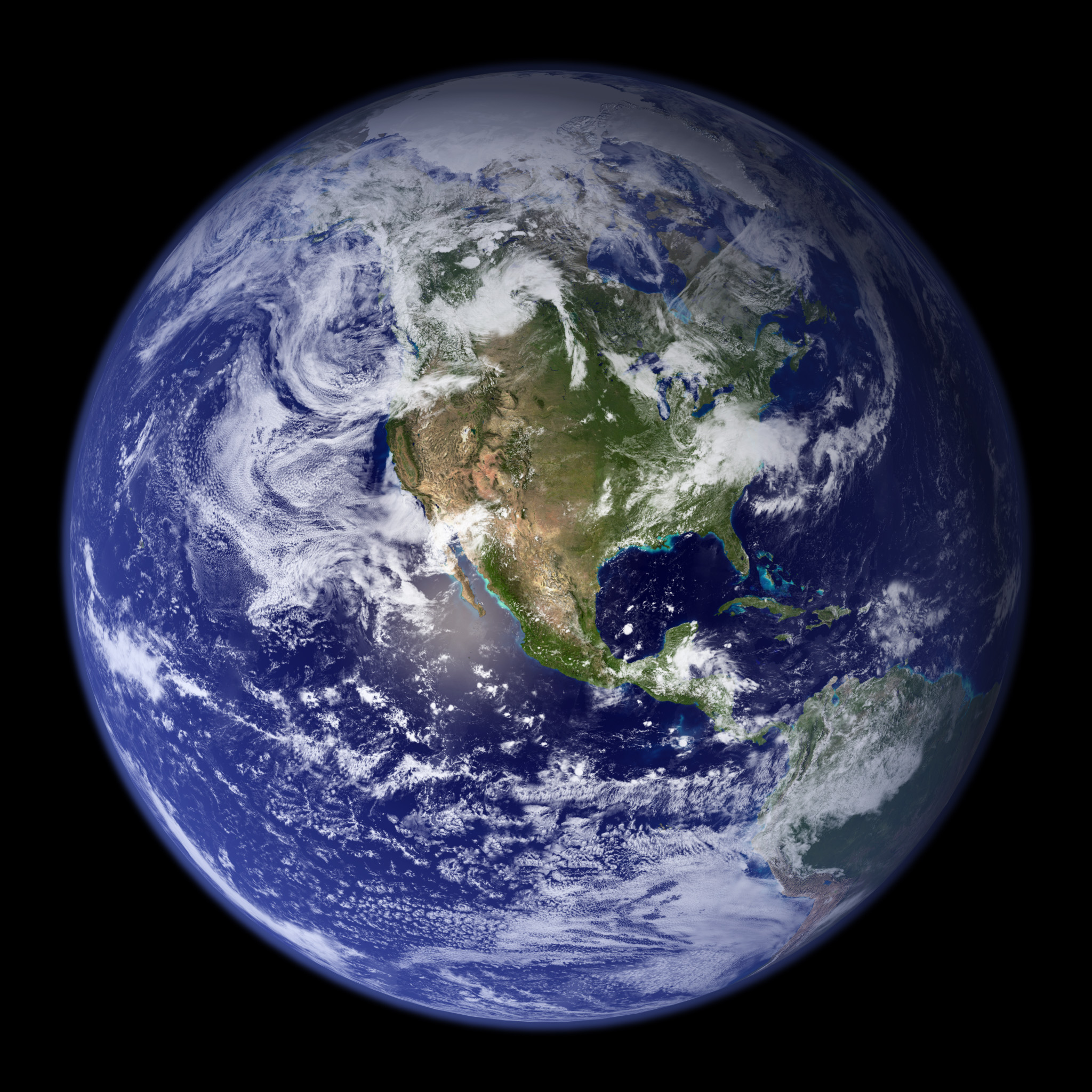Hurricanes (or typhoons/cyclones) are born via the circulation of warm air above with warm water below that creates very high wind speeds and needs moisture to survive. In the center lies the eye, a center of low pressure where winds are relatively low. Just outside the eye is known as the eye-wall, which is easily the strongest part of the storm, carrying the peak winds and rainfall. Moving out towards the edge gradually transitions wind speed from very strong winds to light winds.
The largest geographic hurricane ever recorded was Typhoon Tip (1979), a Category 5 storm which reached an astounding 1350 miles across. On the opposite end of the spectrum is Cyclone Tracy (1974), which reached a 60 mile diameter. However, this does not mean that the winds were also the mildest. It was still classified as Category 3 and caused $700 million in damage. The winner for the most costly hurricane belongs to Hurricane Katrina (2005). About 400 miles across, it struck the southeastern United Stats and caused $108 billion in damage, as well as millions of Americans to lose their homes.

Various studies have tried to account for necessary factors such as inflation, wealth, population and housing unit changes. They have found that hurricane damage is likely to increase over the years as more people move to the coastal regions, at least in the United States.
 Anthropogenic Climate Change Index (ACCI) takes a look at potential global warming contribution. It is the difference
in climate simulations with and without human made gases and aerosols, and evidence shows that it has been increasing since 1960, exponentially at first and then quasi-linear. Even though maximum hurricane wind speeds are assessed using different parameters around the globe, the idea that Category 4 and 5 hurricanes are becoming more common is very evident. Simultaneously, Category 1 and 2 hurricanes are becoming less prevalent.
Anthropogenic Climate Change Index (ACCI) takes a look at potential global warming contribution. It is the difference
in climate simulations with and without human made gases and aerosols, and evidence shows that it has been increasing since 1960, exponentially at first and then quasi-linear. Even though maximum hurricane wind speeds are assessed using different parameters around the globe, the idea that Category 4 and 5 hurricanes are becoming more common is very evident. Simultaneously, Category 1 and 2 hurricanes are becoming less prevalent.Hurricane activity in general does not appear to be changing much, as supported by the Sugi and Yoshimura ensemble atmosphere general circulation model. Most of these changes are not due to internal natural processes, such as volcanoes or the 11 year sun cycle. Bill McKibben brings up some intense recent examples of early and uniquely forming hurricanes. Hurricane Emily (2005) is the earliest forming Category 5 hurricane (July). The most concerning to me is tropical cyclone Vince (2005), which hit Spain with a not-so-tropical climate. No matter how much the ACCI changes, Earth is likely to reach a limit in the number of Category 4 and 5 hurricanes of about 50%.
Click here for interesting facts and statistics.
t







